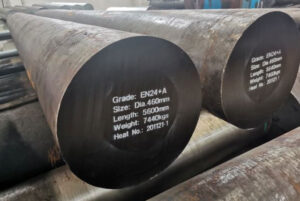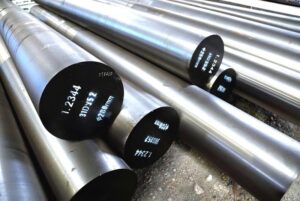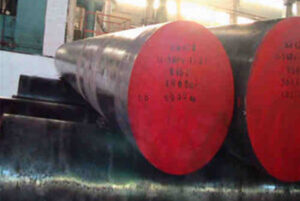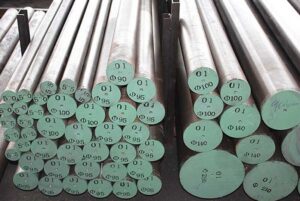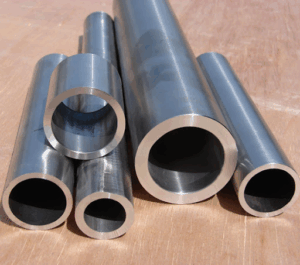Special Steel 304/304L stainless steel, often referred to simply as 304 or 304L, reigns supreme as the most widely used and versatile member of the austenitic stainless steel family. Imagine a metal that’s as comfortable gracing your kitchen sink as it is braving harsh industrial environments – that’s the magic of 304/304L. But what exactly makes this steel so special? Buckle up, because we’re diving deep into its composition, properties, applications, and everything in between.
the Composition of 304/304L Stainless Steel
Think of stainless steel like a delicious recipe with key ingredients playing crucial roles. In 304/304L, the star players are:
- Chromium (18-20%): This superhero element forms a protective chromium oxide layer on the steel’s surface, shielding it from corrosion – the bane of many a metal’s existence.
- Nickel (8-12%): Nickel acts as the team player, enhancing the steel’s formability and resistance to high temperatures. It’s like adding that secret ingredient that elevates the entire dish.
- Carbon (Max 0.08% for 304, Max 0.03% for 304L): Carbon, in small amounts, strengthens the steel. However, too much carbon can lead to issues with welding, which is why 304L boasts a lower carbon content for superior weldability.
- Manganese (Max 2.00%): This unsung hero contributes to strength and workability.
- Other elements (Silicon, Phosphorus, Sulfur, Nitrogen): These supporting characters play specific roles in fine-tuning the steel’s properties.
Key Compositional Differences Between 304 and 304L:
The main distinction between 304 and 304L lies in their carbon content. 304L’s lower carbon content makes it the champion of weldability, particularly when dealing with thicker sections. This is because lower carbon minimizes the formation of chromium carbides at weld zones, which can weaken the joint and increase susceptibility to corrosion. So, if extensive welding is part of your project, 304L is the clear winner.
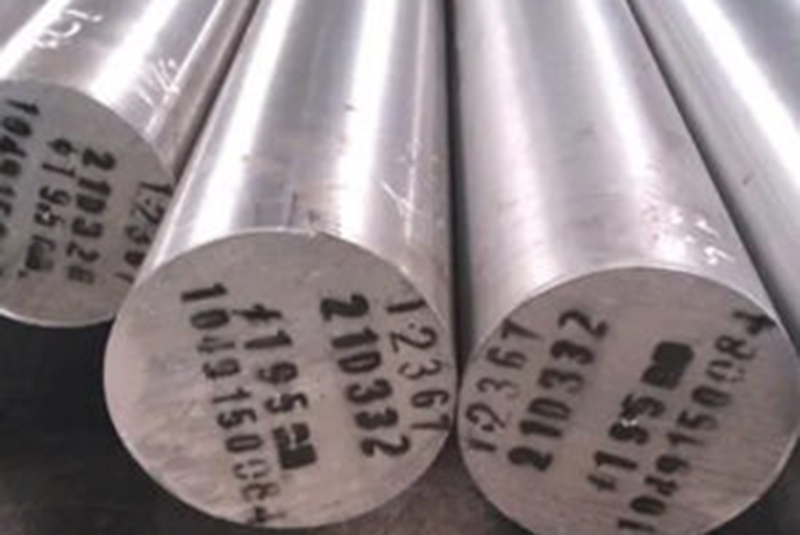
the Properties of 304/304L Stainless Steel
The unique blend of elements in 304/304L imbues it with a range of desirable properties:
- Corrosion Resistance: The chromium oxide layer acts as a formidable shield, making 304/304L resistant to a wide variety of environmental conditions, including mild atmospheric exposure, fresh water, and many food and beverage products.
- Formability: This steel bends, shapes, and draws like a dream, making it ideal for creating intricate components. Imagine it like working with playdough – easy to manipulate into the desired form.
- Weldability: As mentioned earlier, 304L excels in welding, particularly for thicker sections, due to its lower carbon content. 304, while still weldable, requires specific techniques to avoid weld sensitization (chromium carbide formation).
- Strength: 304/304L offers good mechanical strength, making it suitable for various structural applications.
- High-Temperature Resistance: This steel can withstand moderately high temperatures without losing its strength or integrity.
Property Comparison of 304 vs. 304L Stainless Steel:
| Property | 304 Stainless Steel | 304L Stainless Steel |
|---|---|---|
| Corrosion Resistance | Excellent | Excellent |
| Formability | Excellent | Excellent |
| Weldability | Good (requires specific techniques for thicker sections) | Excellent |
| Strength | Good | Good |
| High-Temperature Resistance | Good | Good |
When to Choose 304 vs. 304L:
For most applications, 304L is the preferred choice due to its superior weldability. However, if extensive welding isn’t a concern, and cost is a major factor, 304 might be a viable option.
the Potential of 304/304L Stainless Steel
The versatility of 304/304L shines through in its vast array of applications:
- Architectural Applications: From building facades and railings to cladding and roofing, 304/304L adds a touch of elegance and durability to architectural projects.
- Automotive Industry: This steel finds its way into various automotive components like exhaust manifolds, trim pieces, and even some body panels, thanks to its formability and resistance to corrosion.
- Food Processing Equipment: Imagine gleaming stainless steel vats, tanks, and pipelines in a food processing plant – that’s likely 304/304L at work. Its resistance to corrosion and ease of cleaning make it ideal for food contact applications.
- Household Appliances: From your trusty refrigerator to your sleek dishwasher, 304/304L is likely lurking behind the scenes, ensuring durability and resisting everyday wear and tear.
- Medical Equipment: Sterilization is paramount in the medical field, and 304/304L’s ability to withstand high temperatures during cleaning and sterilization processes makes it a valuable material for medical instruments and equipment.
- Chemical Processing: While not suitable for all chemicals, 304/304L can handle a range of mild to moderate corrosive environments encountered in the chemical processing industry.
- Fasteners and Hardware: Nuts, bolts, screws, and other hardware applications often rely on the strength and corrosion resistance of 304/304L.
- Springs: Believe it or not, some springs can be crafted from 304/304L, particularly when a combination of formability, strength, and corrosion resistance is desired.
- Consumer Goods: From stylish watch bands to sleek kitchenware, 304/304L adds a touch of sophistication and durability to various consumer products.
Metal Powders for Additive Manufacturing:
With the rise of additive manufacturing (3D printing), metal powders made from 304/304L stainless steel are gaining traction. These powders allow for the creation of complex, custom-designed components with the same desirable properties of wrought 304/304L. Here are some specific metal powder models to consider:
- Höganäs AM 304L: This gas-atomized powder boasts excellent flowability and packing density, making it ideal for a variety of additive manufacturing processes like laser beam melting (LBM) and electron beam melting (EBM).
- Carpenter Additive AM304L: This nitrogen-atomized powder offers high purity and good corrosion resistance, making it suitable for applications demanding biocompatibility or use with food and beverages.
- SLM Solutions SLM 316L: While technically 316L (a close cousin of 304L with added molybdenum for enhanced corrosion resistance), this powder can be used for applications where 304L’s properties are sufficient. SLM Solutions offers good printability and mechanical properties.
- EOS StainlessSteel 316L V2: Similar to the SLM solution powder, this option from EOS falls under the 316L category but can be a viable choice for applications suited to 304L. EOS is known for its high-quality metal powders.
- ExOne ExOsteel 316L 17-4PH: This metal powder blend combines 316L with 17-4PH stainless steel, offering a balance of strength and corrosion resistance. While not strictly 304L, it can be an option for applications requiring additional strength compared to 304L.
- BASF AM Powder AM304L: This gas-atomized powder from BASF offers good printability and mechanical properties, making it a strong contender for various additive manufacturing applications.
- LPW Stainless Steel 316L: Similar to other 316L options, this powder from LPW can be used for applications where 304L’s properties are sufficient. LPW is known for its reliable metal powders.
- GE Additive Arcam AM304L: This gas-atomized powder from GE Additive offers good flowability and packing density, making it suitable for various additive manufacturing processes.
- Proto Labs ProtoLaser 316L: Like other 316L powders, this option from Proto Labs can be a viable choice for applications suited to 304L. Proto Labs is known for its fast turnaround times in additive manufacturing.
- Renishaw AM267: This nitrogen-atomized powder offers a unique blend of properties, including high strength and good corrosion resistance. While not strictly 304L, it can be an option for demanding applications where superior strength is required.
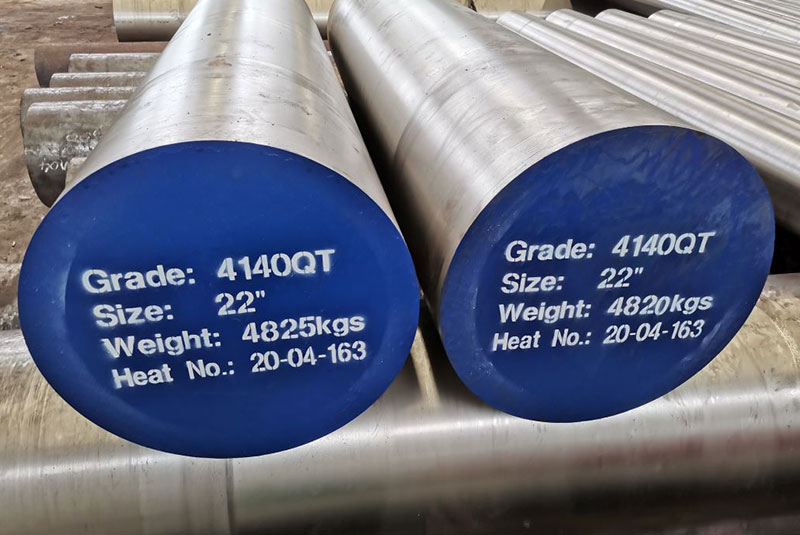
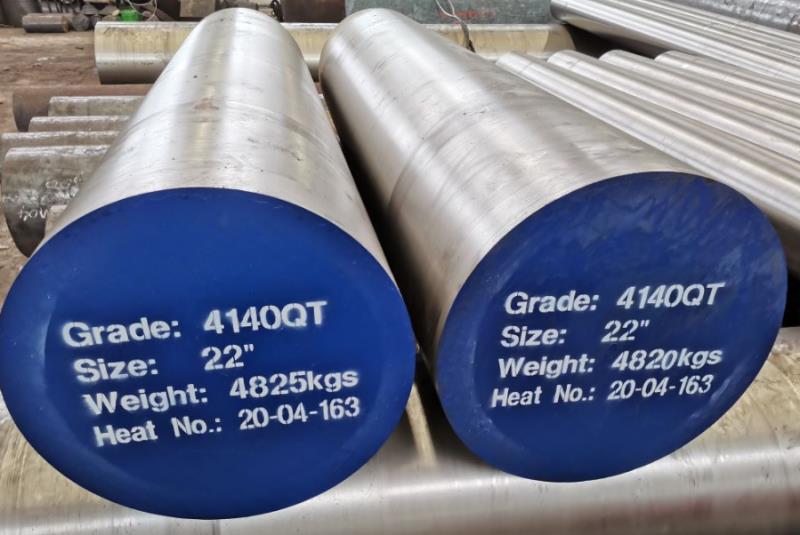
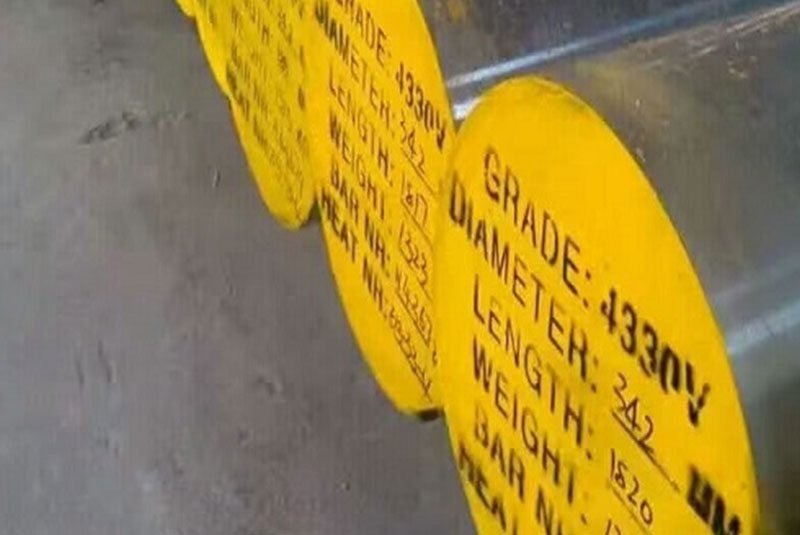
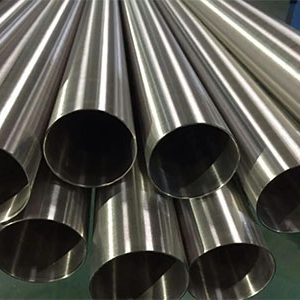
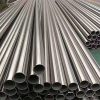
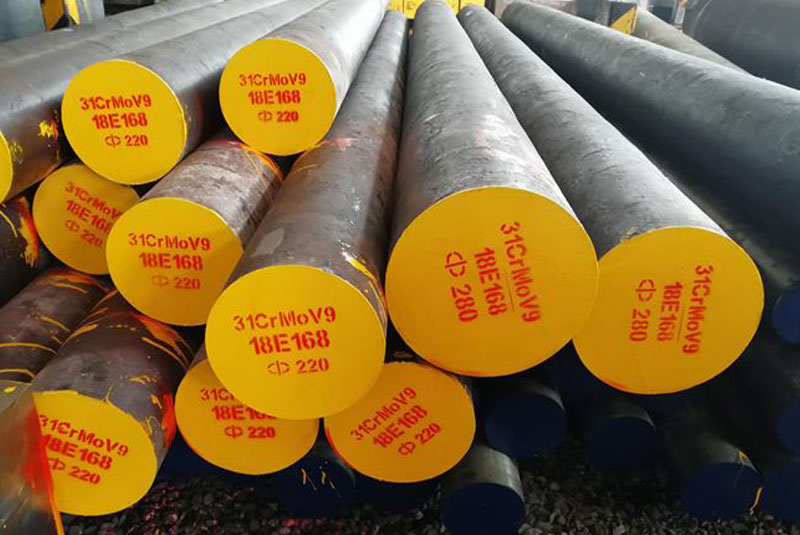
Specifications, Sizes, and Grades of 304/304L Stainless Steel
Wrought Products:
304/304L stainless steel comes in a vast array of shapes, sizes, and grades to cater to diverse applications. Here’s a breakdown:
- Shapes: Sheets, plates, coils, strips, bars, rounds, squares, hexagons, pipes, tubes, and various other profiles.
- Sizes: Thicknesses can range from thin foils to thick plates, with widths and lengths varying depending on the specific shape. Diameters for pipes and tubes can range from a fraction of an inch to several inches. Standard sizes are readily available, and custom sizes can often be procured from specialty mills.
- Grades: 304 and 304L are the most common grades, but there are variations like 304H (high carbon content for improved strength) and 304LN (nitrogen-added for enhanced pitting resistance).
Metal Powders for Additive Manufacturing:
Metal powder manufacturers typically offer various particle size distributions to suit different additive manufacturing processes. Common options include:
- Fine powders: Ideal for high-resolution printing but may require specialized handling due to increased flowability.
- Medium powders: Offer a balance between resolution and flowability, making them suitable for a wider range of additive manufacturing processes.
- Coarse powders: Provide better flowability for faster printing but may result in a slightly rougher surface finish.
The specific size distribution chosen will depend on the desired balance between resolution, printing speed, and surface finish for the application.
Suppliers and Pricing of 304/304L Stainless Steel
Wrought Products:
Due to its widespread use, 304/304L is readily available from a multitude of steel suppliers and distributors. Prices can vary depending on factors like:
- Form (sheet, bar, pipe, etc.): Processing costs can influence the price per unit weight for different forms.
- Quantity: Bulk purchases typically command lower prices compared to smaller orders.
- Location: Geographic factors like transportation costs can affect the final price delivered to your doorstep.
- Surface finish: Polished or specialty finishes may incur additional costs compared to a standard mill finish.
It’s recommended to obtain quotes from several reputable suppliers to compare pricing and ensure you’re getting the best deal.
Metal Powders for Additive Manufacturing:
Metal powders for additive manufacturing are generally more expensive than wrought products due to the specialized production process. Pricing can vary depending on:
- Powder characteristics: Finer powders or those with unique properties like high purity or nitrogen addition may command a premium.
- Manufacturer: Reputable brands with a proven track record in metal powder production may have slightly higher prices compared to lesser-known manufacturers.
- Quantity: Similar to wrought products, bulk purchases of metal powder can lead to lower per-unit costs.
Here are some resources to help you find suppliers of 304/304L stainless steel:
- Online directories: Metal industry associations and online marketplaces often list suppliers of various metal products, including 304/304L stainless steel.
- Metal service centers: These companies stock and distribute a wide variety of metal products, including 304/304L in various shapes and sizes.
- Manufacturer websites: Many steel producers and metal powder manufacturers have online directories listing their authorized distributors.
Weighing the Pros and Cons of 304/304L Stainless Steel
Advantages:
- Excellent corrosion resistance: 304/304L stands up well to a variety of environmental conditions, making it a durable choice for many applications.
- Good formability: This steel is easy to bend, shape, and draw, allowing for the creation of complex components.
- Weldability (particularly 304L): 304L excels in welding, making it suitable for projects requiring extensive joining.
- Good strength: 304/304L offers adequate strength for various structural applications.
- High-temperature resistance: This steel can withstand moderately high temperatures without compromising its integrity.
- Recyclable: 304/304L is a sustainable choice as it can be recycled and reused.
- Relatively affordable: Compared to some specialty stainless steels, 304/304L offers a good balance between performance and cost.
Disadvantages:
- Not suitable for all corrosive environments: While offering good corrosion resistance, 304/304L may not be ideal for highly acidic or caustic environments.
- Magnetic (slightly): Compared to some other stainless steel grades like 316L, 304/304L exhibits slight magnetism. This might be a concern for applications requiring non-magnetic properties, such as certain electronic components or medical devices used in MRI machines.
- Lower strength compared to some alloys: While offering good strength for many applications, 304/304L may not be the strongest option on the market. If high-strength, load-bearing components are needed, engineers might explore alternatives like 304L mod (modified) or high-nickel alloys.
- Formability can be affected by cold working: Extensive cold working processes like severe drawing or forming can slightly harden the steel, making subsequent forming more challenging. Annealing (heat treatment) can restore formability but adds an extra processing step.
- Aesthetic appeal: The bright, silvery finish of 304/304L adds a touch of elegance and sophistication to various products.
- Easy to clean and maintain: The smooth surface of 304/304L resists dirt and grime buildup, making it easy to clean and maintain – a major advantage for applications like food processing equipment and household appliances.
- Versatility: As evident from the vast array of applications, 304/304L is a true all-rounder, offering a combination of desirable properties that cater to a wide range of needs.
- Established material with a proven track record: Decades of use in various industries have established 304/304L as a reliable and trustworthy material with a well-understood performance profile.
- Biocompatibility (especially 304L): The low carbon content of 304L minimizes the risk of leaching metal ions, making it a more biocompatible option compared to 304. This is particularly relevant for medical devices or equipment that comes into contact with human tissue.
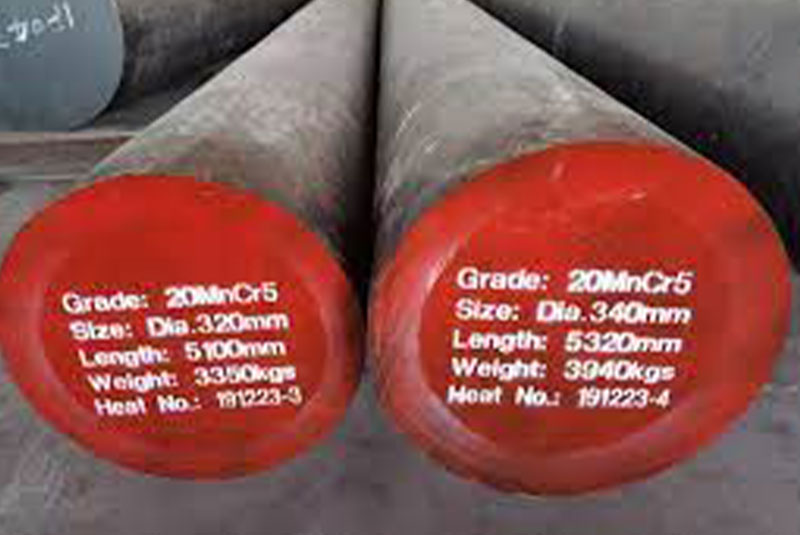
When to Choose 304 vs. 304L:
In most cases, 304L is the preferred choice due to its superior weldability, especially for thicker sections. However, here’s a quick decision-making guide:
- Choose 304L if:
- Extensive welding is required, particularly for thicker sections.
- Biocompatibility is a concern (e.g., medical applications).
- The slightly lower strength of 304L compared to 304 is acceptable for your application.
- Choose 304 if:
- Welding isn’t a major concern, or you’re dealing with thin sections where weld sensitization is less of an issue.
- Cost is a primary factor, and the slight price difference between 304 and 304L matters.
Remember, consulting with a material engineer or a qualified metal supplier is always recommended to ensure you select the most suitable grade of stainless steel for your specific application.
FAQ
| Question | Answer |
|---|---|
| What is the difference between 304 and 304L stainless steel? | The main difference lies in their carbon content. 304L has a lower carbon content (max 0.03%) compared to 304 (max 0.08%). This makes 304L superior for welding, particularly for thicker sections. |
| Is 304/304L stainless steel magnetic? | Yes, but slightly magnetic compared to some other stainless steel grades. This might not be a concern for most applications, but if strict non-magnetic properties are required, consider alternative grades. |
| What are some common applications of 304/304L stainless steel? | Due to its versatility, 304/304L finds applications in various industries, including architectural components, automotive parts, food processing equipment, household appliances, medical equipment, chemical processing, fasteners and hardware, springs, and consumer goods. |
| Is 304/304L stainless steel rustproof? | While highly resistant to corrosion, it’s not entirely rustproof. It can still rust under extreme conditions. However, its chromium oxide layer provides excellent protection against everyday wear and tear and many environmental conditions. |
| Can 304/304L stainless steel be painted? | Yes, but proper surface preparation is crucial for good adhesion. Consider consulting a professional painter for recommendations on suitable primers and paints. |

